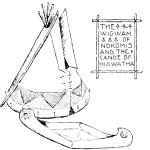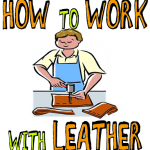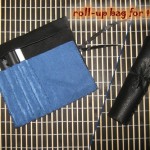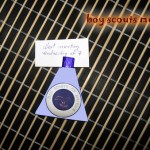
Today I’m going to show you how to Make Wigwams and Canoes for Thanksgiving. These items are perfect to use as decorations for Thanksgiving. Actually, add these items to our Indian Village Craft and have an entire Indian Village to Display for Thanksgiving. Wouldn’t that be wonderful? You can use both of these crafts to talk about the Native Americans and what they have given our Country. Remind the children about the story of Thanksgiving. Do a fun craft and a wonderful lesson at the same time.




